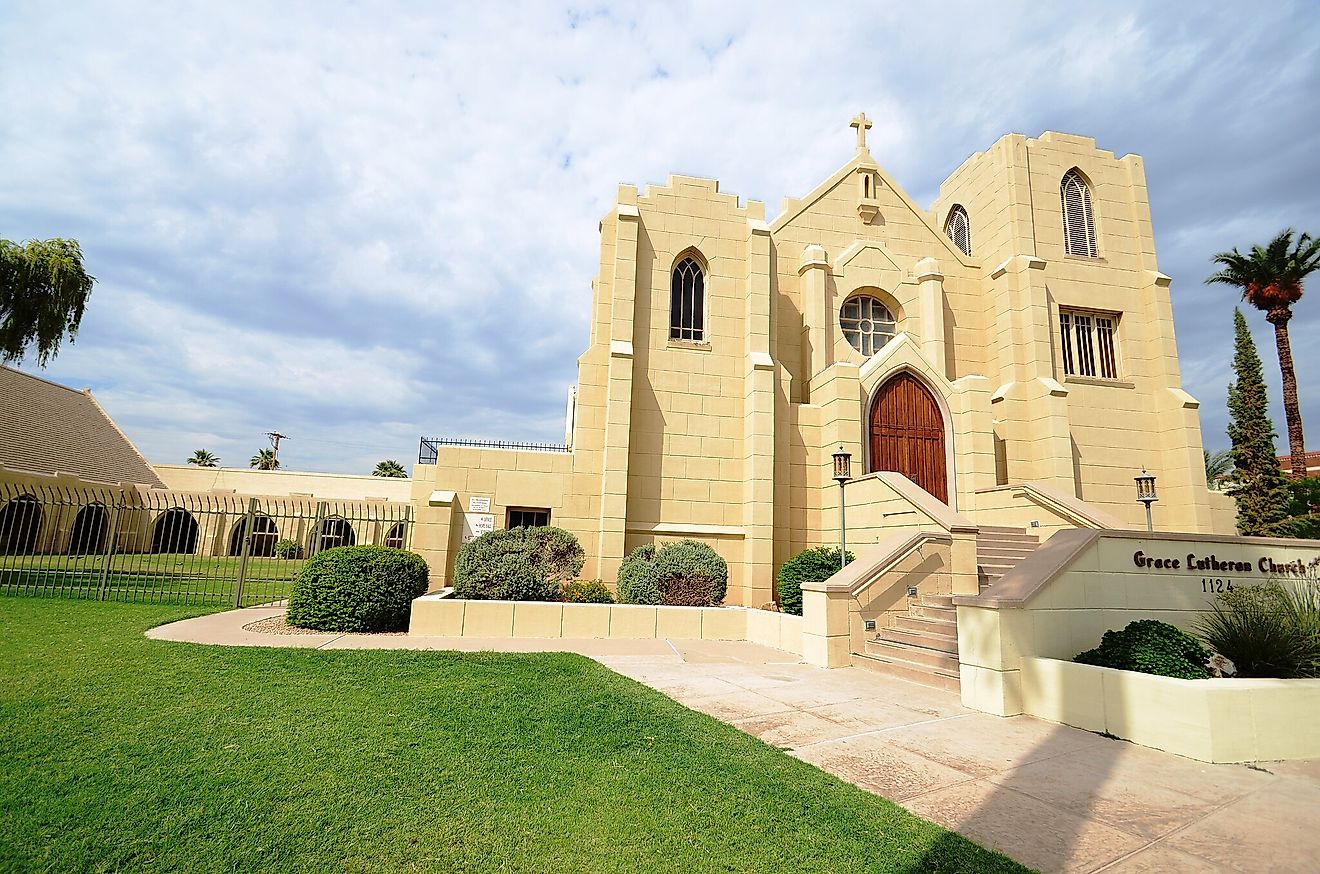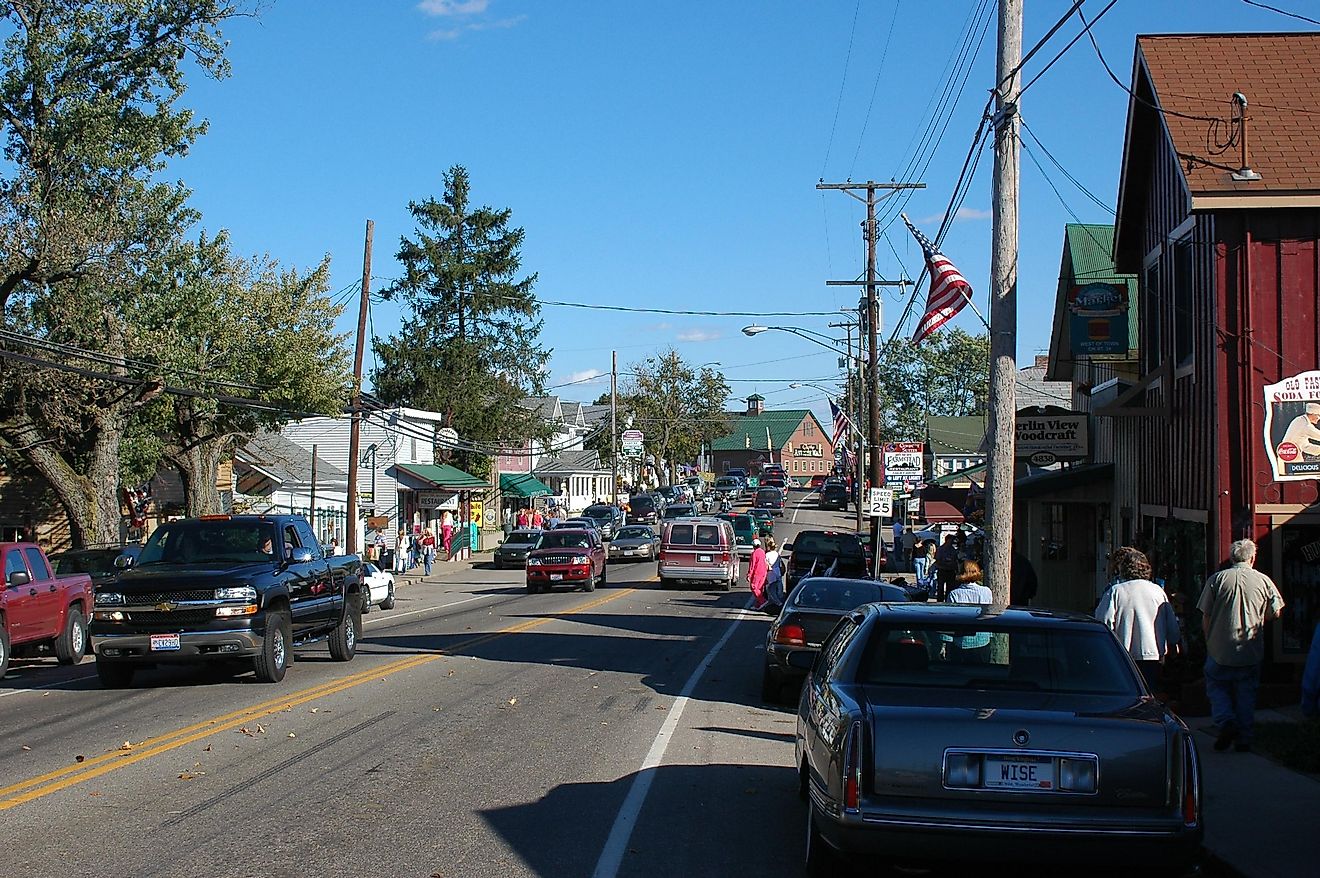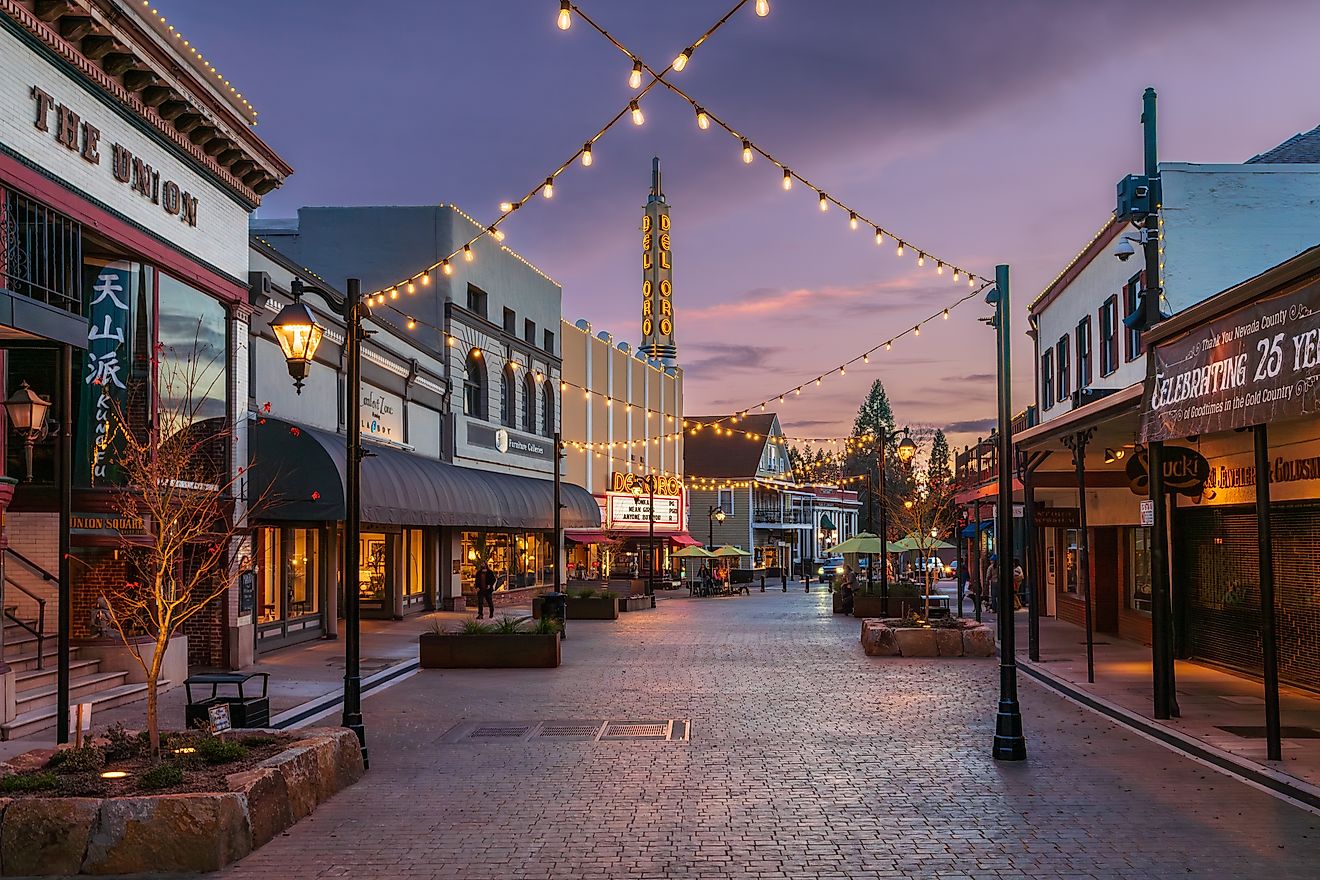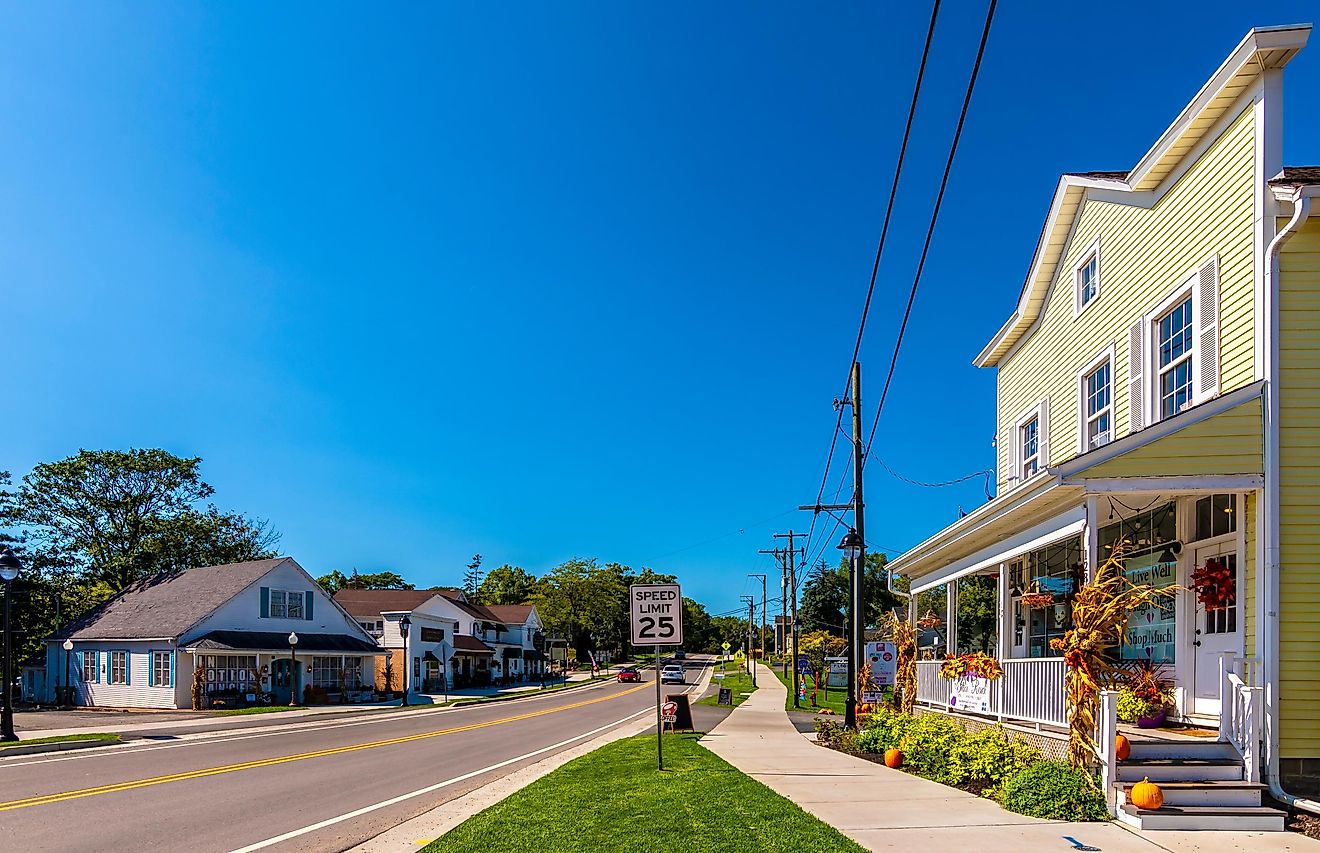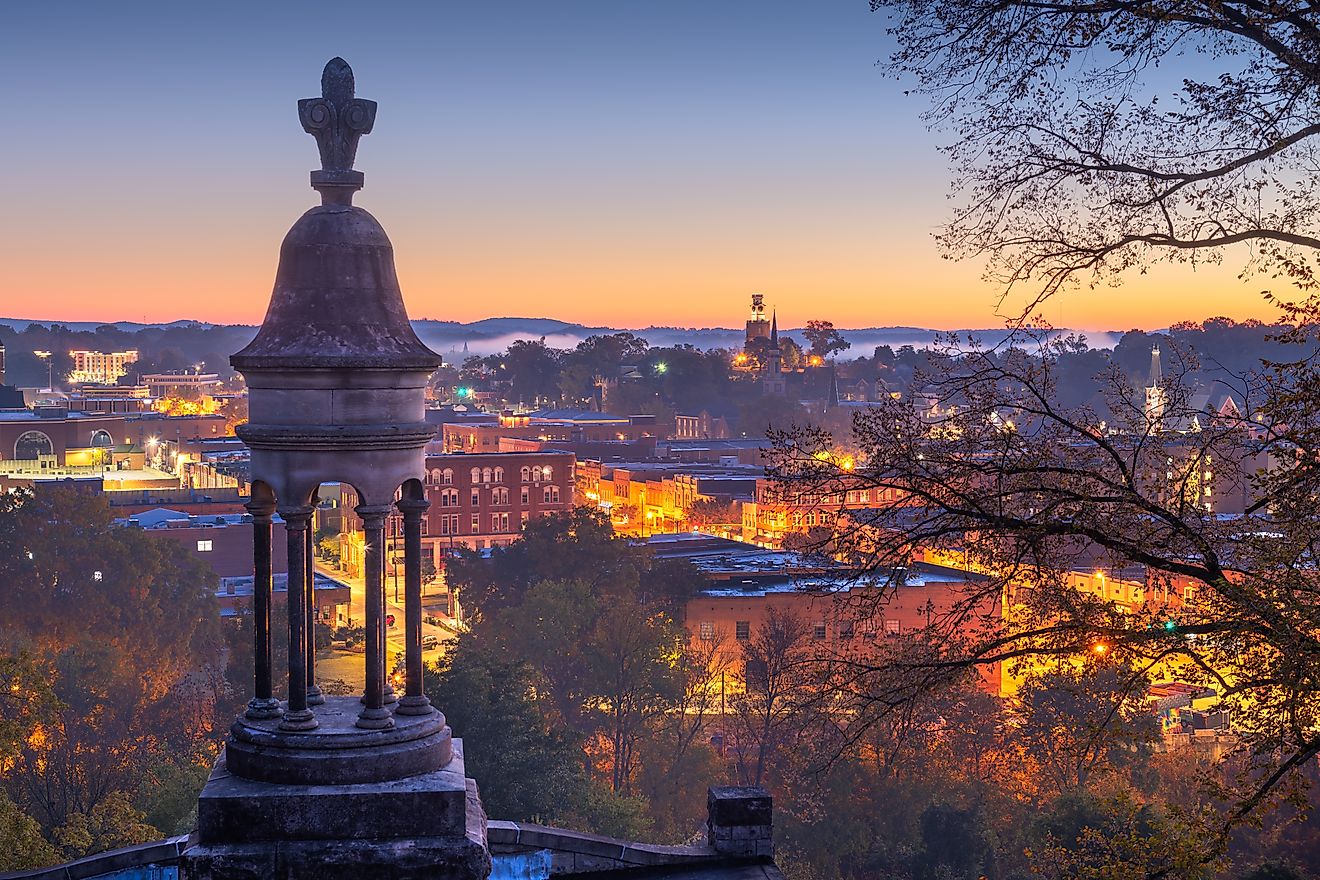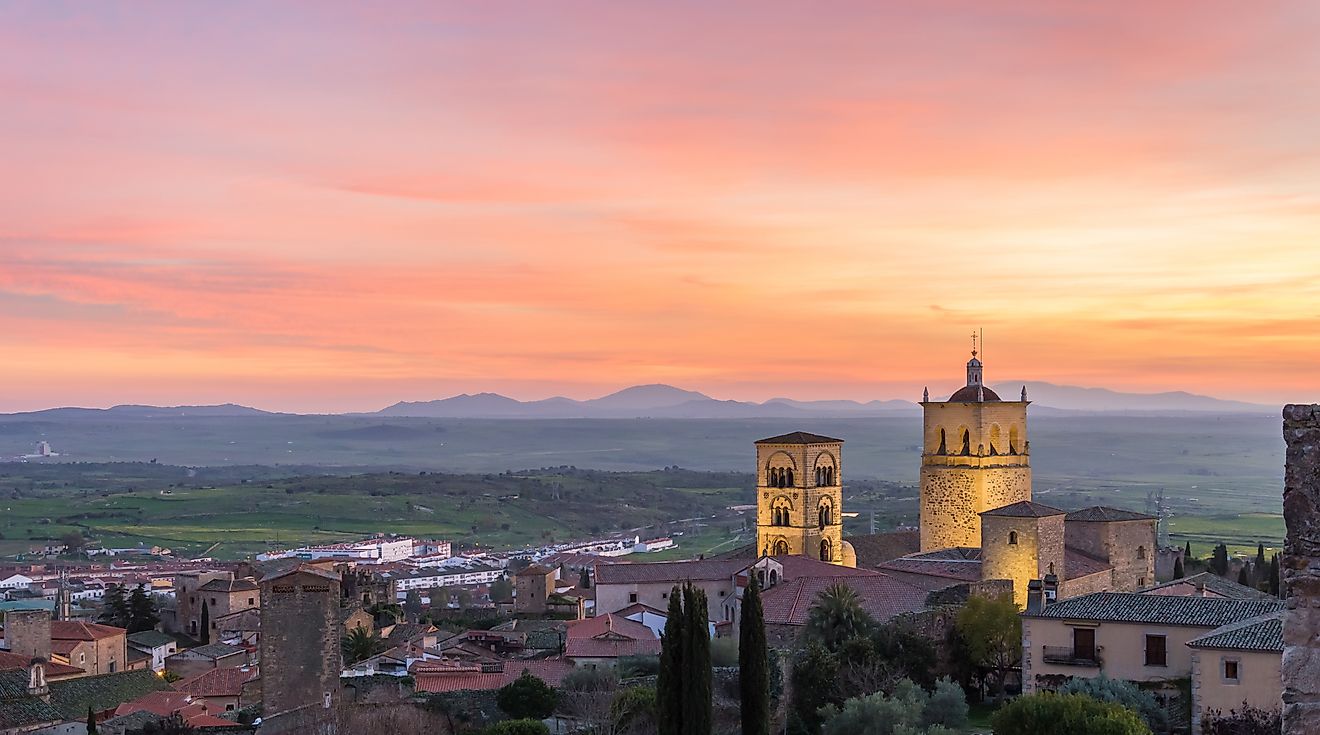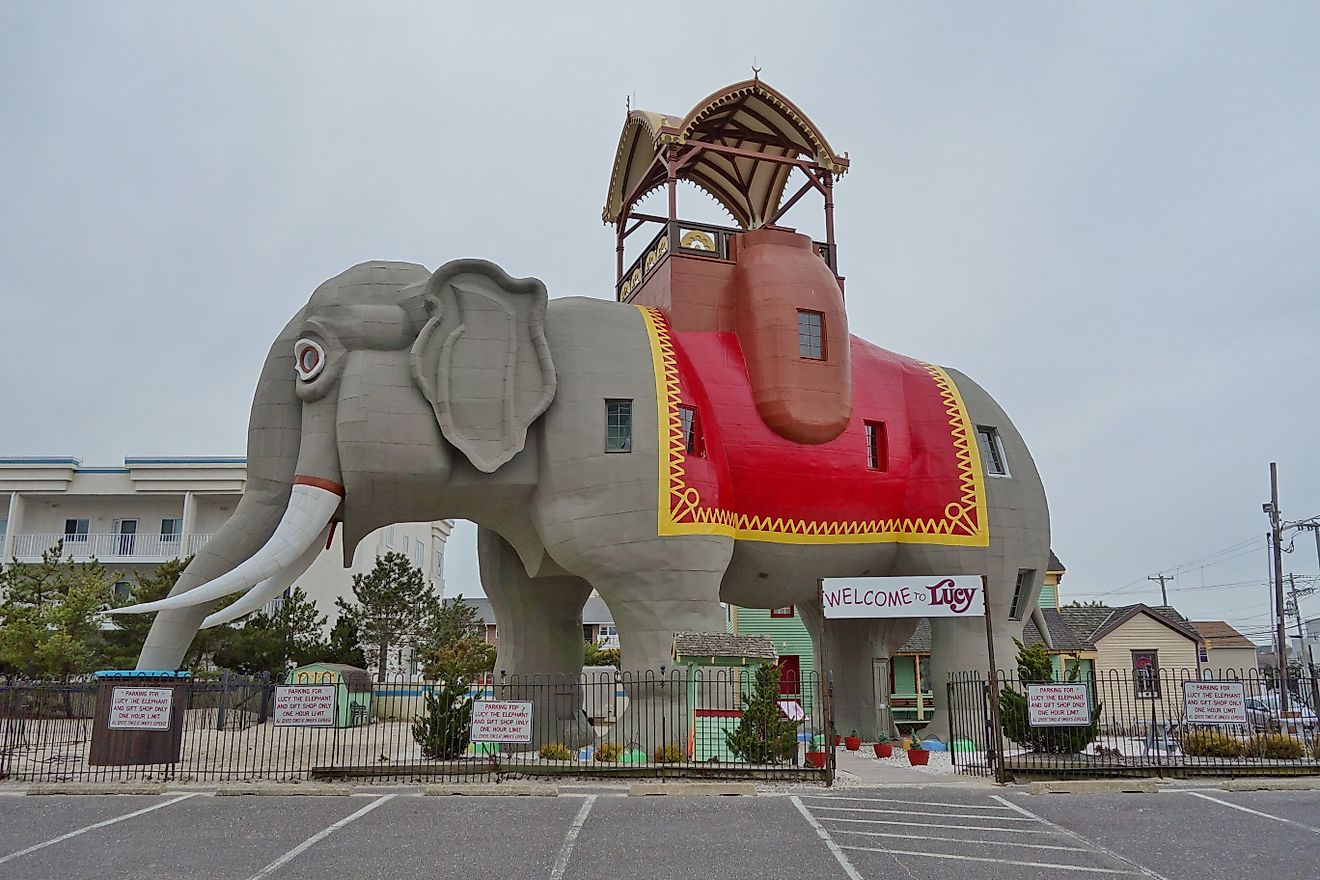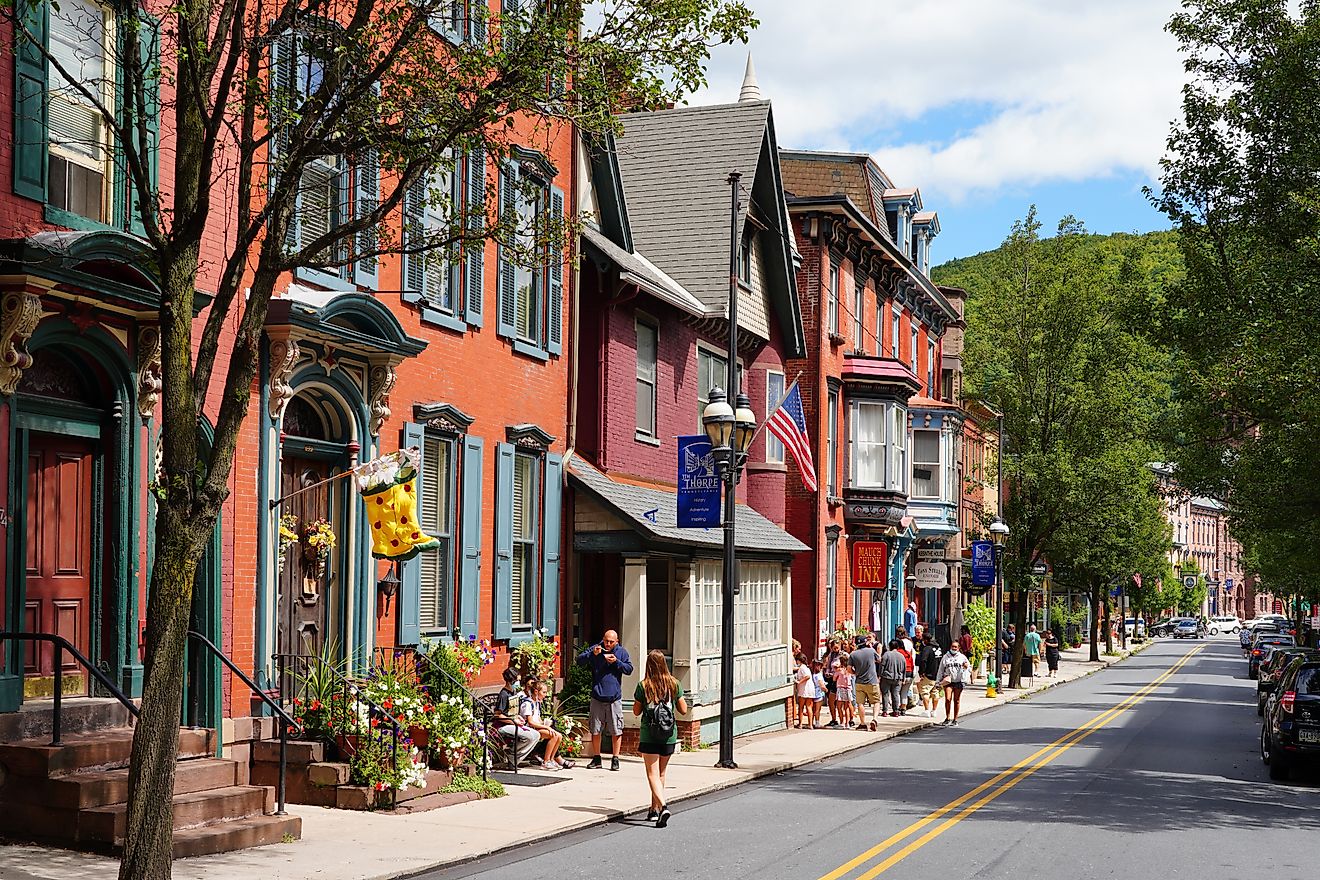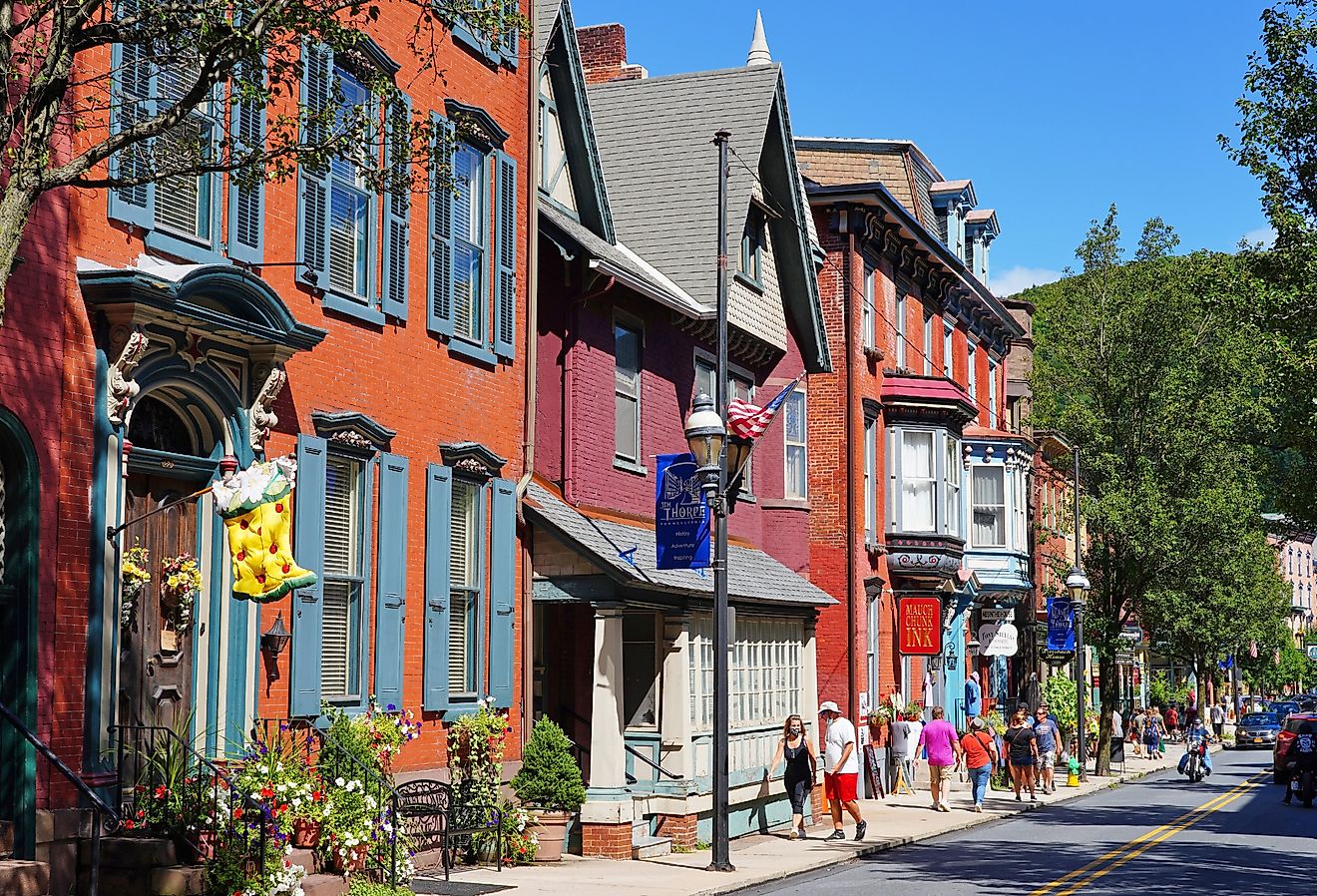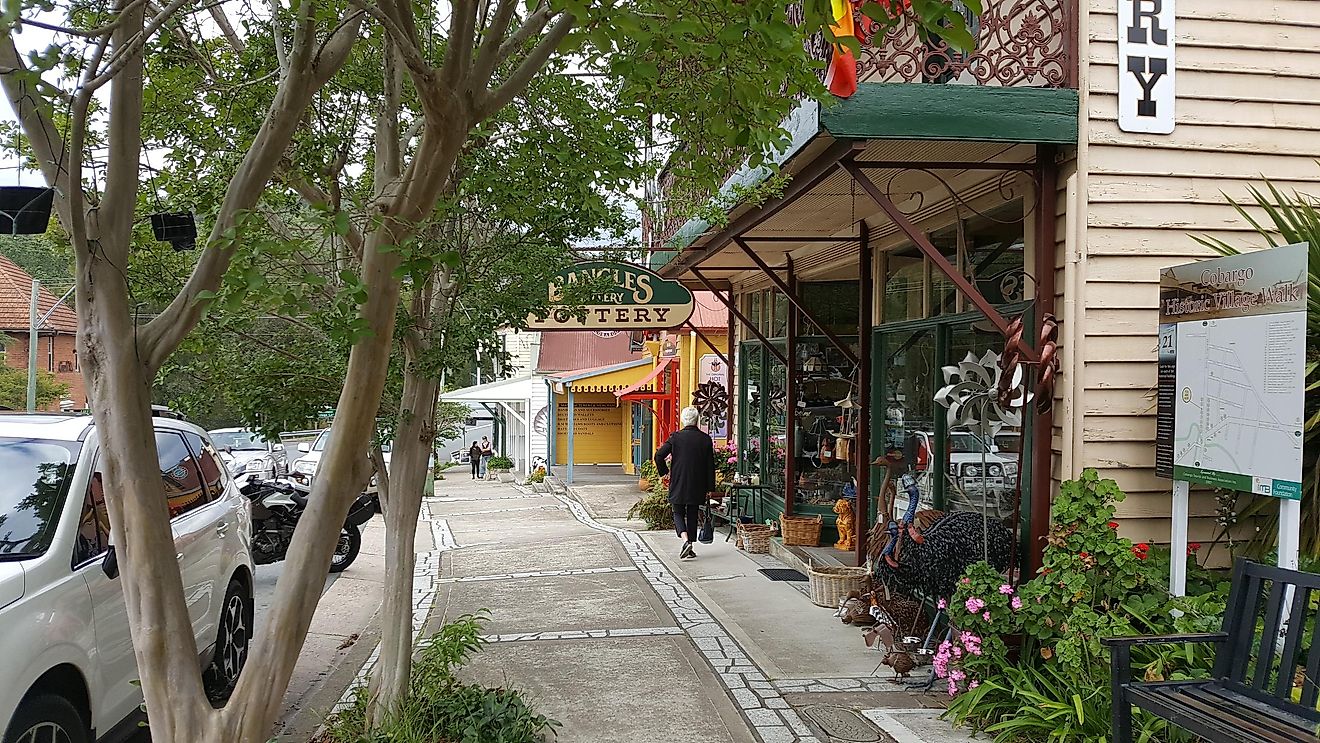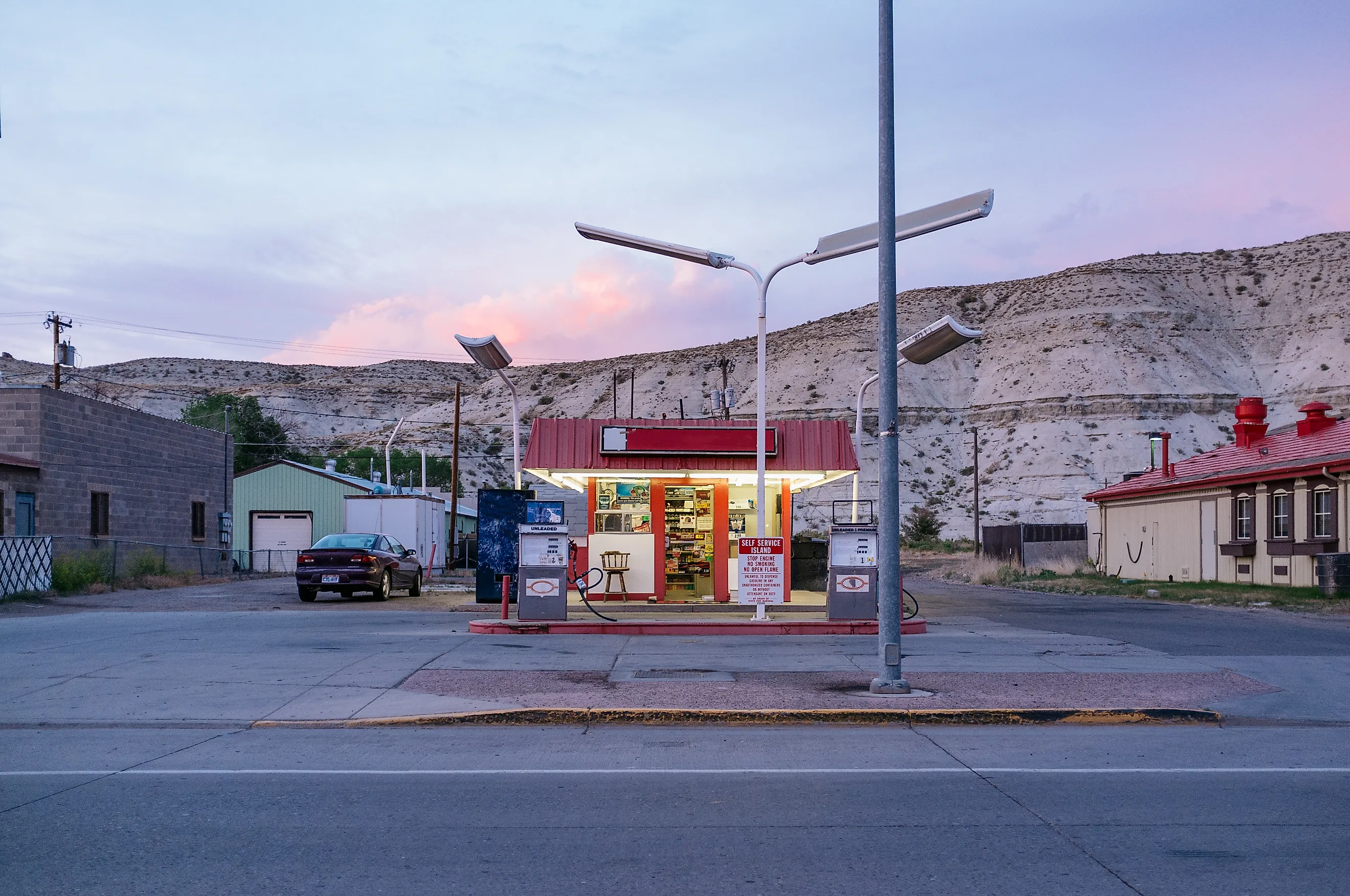
Green River, Wyoming
Green River is a city and county seat of Sweetwater County, located in the southwestern part of the US State of Wyoming. The city is situated about 21 km west of Rock Springs and is surrounded by rock formations at an elevation of 1,864 meters.
Geography Of Green River
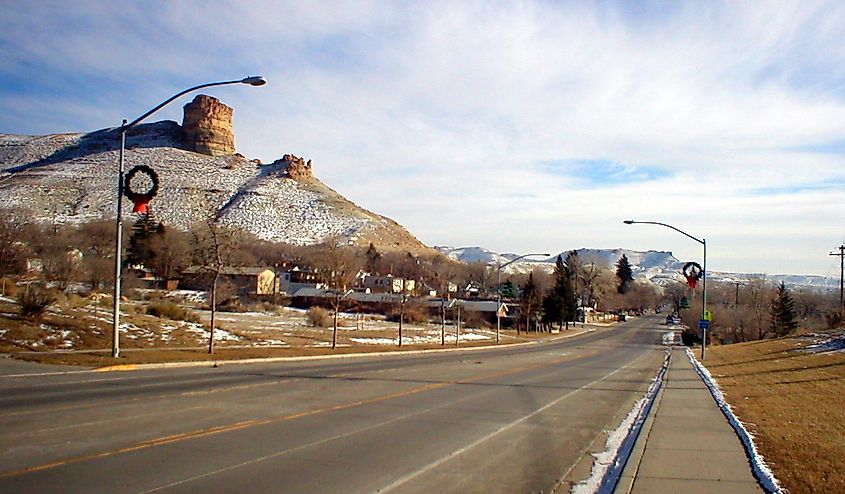
The city of Green River covers a total area of 36.31 sq. km, of which 35.56 sq. km is occupied by land, and 0.75 sq. km is occupied by water. The city serves as a trade center for the forest, farm products, and livestock. It is also well known for being a top provider of the nation’s soda ash, an ingredient used to make glass, toothpaste, and even baking soda. According to Köppen climate classification, the city of Green River experiences a semi-arid climate, with hot, wet summers and long, cold, and dry winters. Green River’s downtown offers visitors a small-town charm with its various shops and eateries. Tourists drive between Green River and Rock Springs to see wild horses roaming the countryside. The area offers a wide range of outdoor activities such as river rafting, kayaking, and mountain biking. The city is also known for its world-class fishing, wildlife watching, and family sporting complexes.
Population Of Green River
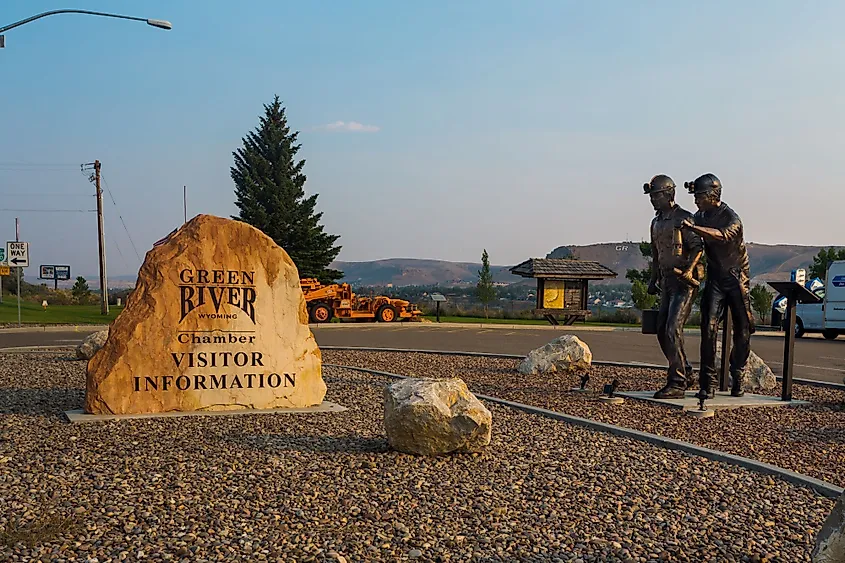
In 2019, Green River, Wyoming, was home to a population of 12,069 people with a median age as low as 37.3. The population of Green River city has witnessed a 1.7% decline between 2018 and 2019. The majority of the town's population is considered White, and in 2019, there were 5.91 times more White residents than any other race or ethnicity. The largest ethnic groups in Green River are non-Hispanic White, forming 78.3% of the city’s population. The Hispanic community represents 13.2%, Hispanic Other at 2.57%, American Indian & Alaska Native at 2.25%, and Two or more races at 1.62%. Despite the diverse community in Green River, all households speak English as their primary language, and 98% are U.S. citizens. As of 2019, nearly 4% of Green River’s population were born outside the country, and the most common birthplace for foreign-born residents of Wyoming was Mexico, followed by Canada and China.
Economy of Green River
The median household income in Green River is $75,087. Although the income inequality in Wyoming measured using the Gini index is 0.449 only, which is lower than the national average, males tend to earn more than females with an average income that is 1.48 times higher than the average income of females. The economy in Green River is well established and employs up to 50% of the city’s population. The Green River Basin contains the largest known trona ore deposit in the world. The largest industries in Green River are soda ash mining, Oil & Gas Extraction, Educational Services, and Accommodation & Food Services.
Brief History
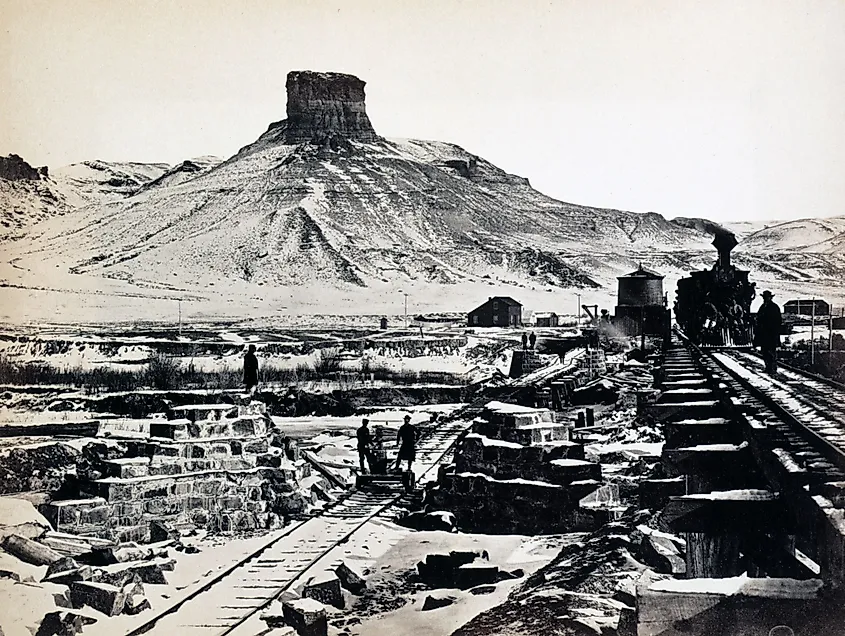
In 1862, the Postmaster General relocated the overland mail route from the Oregon Trail across what’s now central Wyoming to a southerly road as he believed it would be safer from Indian attack. S.I Field, an entrepreneur, is considered the early settler who developed a small settlement on the northern banks of the Green River. The small settlement was called “Adobe Town” or “Old Town” before it eventually became the city of Green River. In 1868, Union Pacific Railroad Tracks were laid through the city. The population of Green River declined after the end of the tracks moved west to Bryan and became one of the wildest places in Wyoming. Moreover, the Gold discoveries near South Pass in the late 1860s reduced the importance of the city of Green River as a commercial center. At the same time, South Pass City, which is located near the gold camps, became the Sweetwater County seat. As a result, “Old Town” was virtually deserted when Major John Wesley Powell launched his boats into the Green River there at the start of his expeditions of 1869 and 1871. Powell and his companions explored the Green River, Colorado River, and the Grand Canyon. However, when drought dried up the Blacks Fork of the Green River in 1872, the use of Bryan as a switching station was no longer tenable. This rescued Green River from becoming a ghost town as S.I. Field and the U.P. agreed to use parts of the Green River townsite for the railroad facilities. Slowly, life and commerce started returning to the abandoned buildings. Construction flourished, and the city of Green River prospered rapidly.
The railroad operations later on increased and made the Green River rail yard one of the busiest in the nation. In 1875, after the gold rush at the Sweetwater mines fizzled, Green River became the county seat of Sweetwater County. The increase in railroad infrastructure opened national markets to local extraction and agricultural industries. Much of Green River’s history is linked to mineral production as southwestern Wyoming is rich in gas, oil, and trona. This mineral is mined and processed into soda ash that people use to make glass, fertilizers, cleansers, and many other products. The Green River Soda Works converted soda solutions from a well into cleansers between 1896 and the end of the Second World War. In 1919, a potash plant was established by the Liberty Potash Company, and the plant operated into the 1940s. The canyons surrounding Green River sported several camps of gas-field workers, and the city's economy kept booming.
